Coronation Bridge – an architectural wonder by Bengali engineers
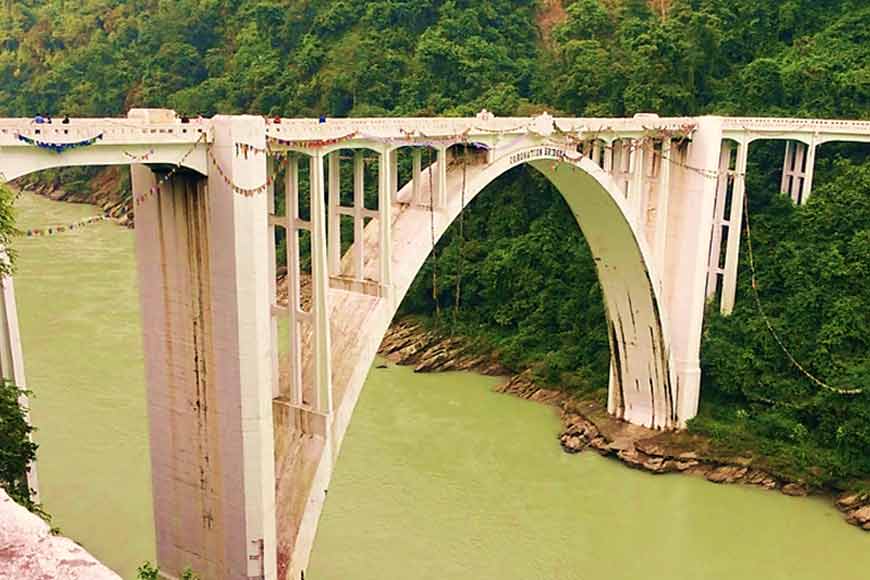
The Coronation Bridge near Sevoke is often referred to as an architectural wonder. Due to the rocky terrains of the Eastern Himalayas and superfluous Teesta River flowing underneath, it was almost impossible to build a suspension bridge over this river that often flooded during the monsoon. But in colonial India, the British felt the need of a road to connect Darjeeling, foothills of Bhutan, Northeast and Dooars with Jalpaiguri plains for quicker travel by coaches. This was the area that was being built as a Hill Station by the British and to be converted to their Summer capital.
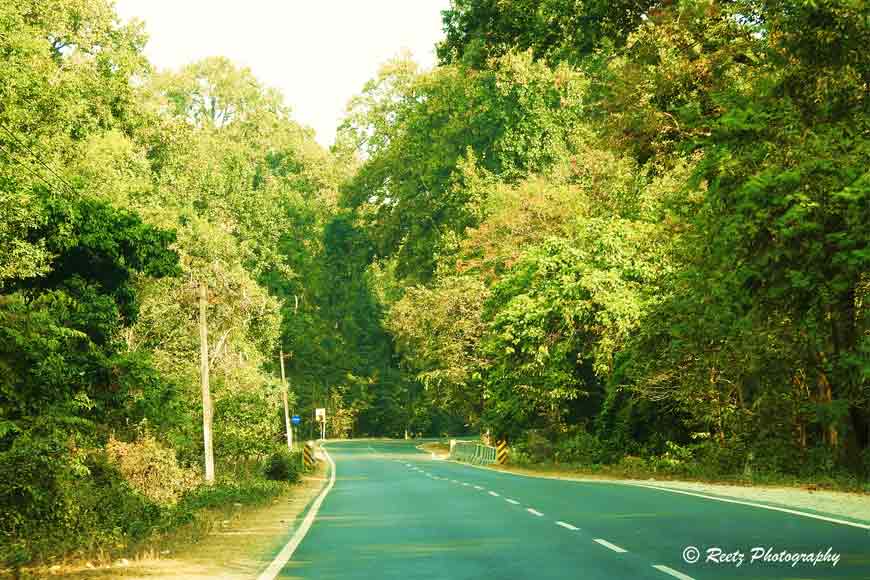 Way to Coronation Bridge from Jalpaiguri
Way to Coronation Bridge from Jalpaiguri
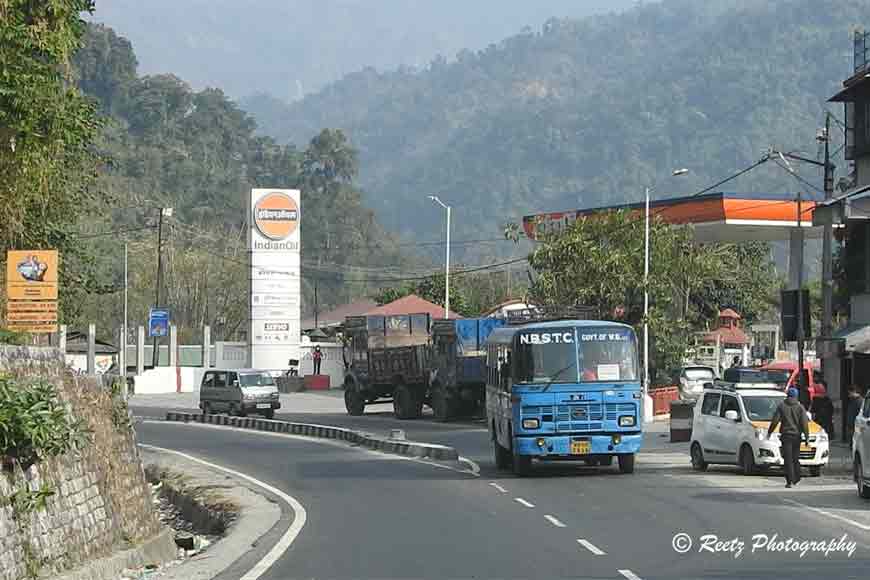 Sevoke Road
Sevoke Road
As the British were at their wit’s end to find a way to build this difficult bridge, three Bengali architects --- A.C. Dutt, S.K. Ghosh and K.P. Roy came forward. Under the directorship of Sir John Chambers they made it possible through years of research and development. They proposed an arched cantilever architectural design, spanning over Teesta and hooked inside the hard rocks on either side to hold the structure firmly. Estimated cost in those days for this picturesque bridge was 4 lakh pounds! The projected lifespan was a hundred years.
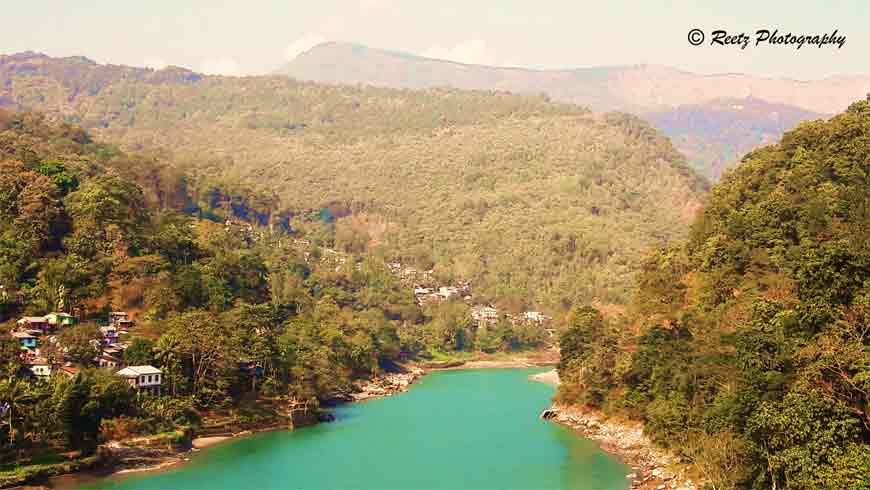 View of The Himalayas from the bridge
View of The Himalayas from the bridge
In 1937, the amount was sanctioned by the newly crowned King George VI and Queen Elizabeth and it was thus named as ‘Coronation Bridge’. To venerate their Highness, two tiger statues were placed at the Jalpaiguri side of the bridge and is thus locally famous even as ‘Bagh Pool’ (meaning Tiger Bridge). The foundation stone was laid by the erstwhile Governor of Bengal, John Anderson. It took four years to complete the construction. Two marble plaques commemorate architectural credit to all the dignitaries involved in the underpinning of Coronation Bridge. You can get to see those plaques even today.
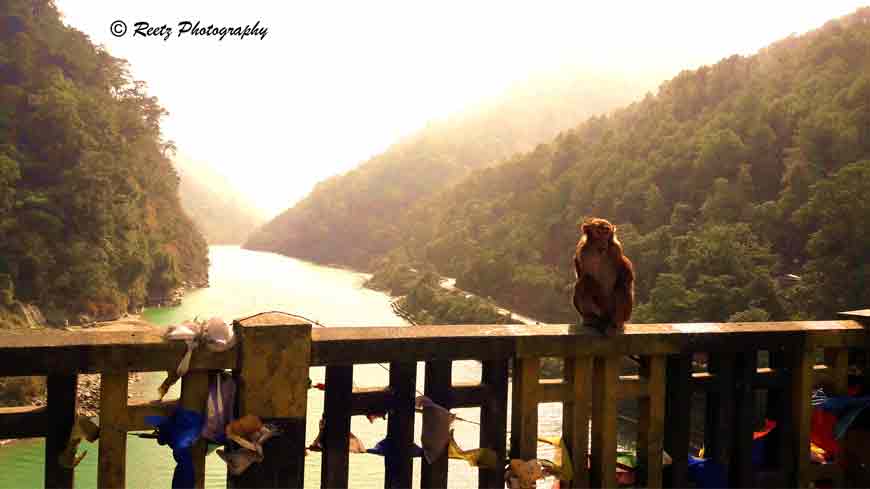 A common sight
A common sight
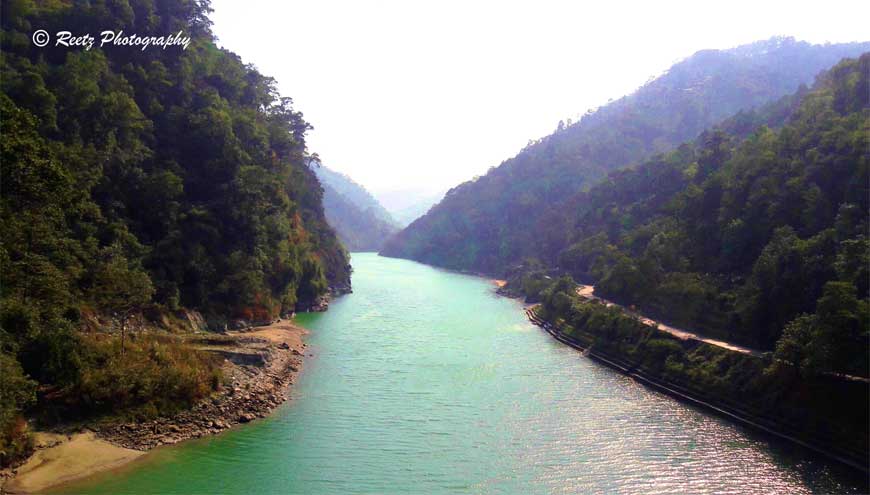 A view of the Teesta
A view of the Teesta
After inauguration, the first vehicle that passed down the bridge was that of His Excellency Anderson’s coach in 1941; stamping it one of the vintage structures of North Bengal. Since then, the bridge has become the most significant connector of Jalpaiguri and Darjeeling districts and also a tourist’s delight as many photograph enthusiasts go slow on the bridge clicking away the mighty Teesta deep below and the mountains behind.
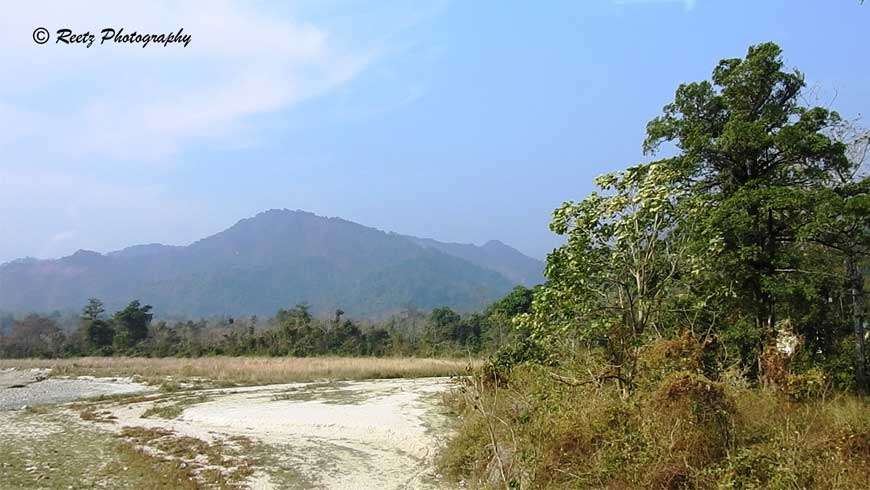 Bhutan foothills
Bhutan foothills
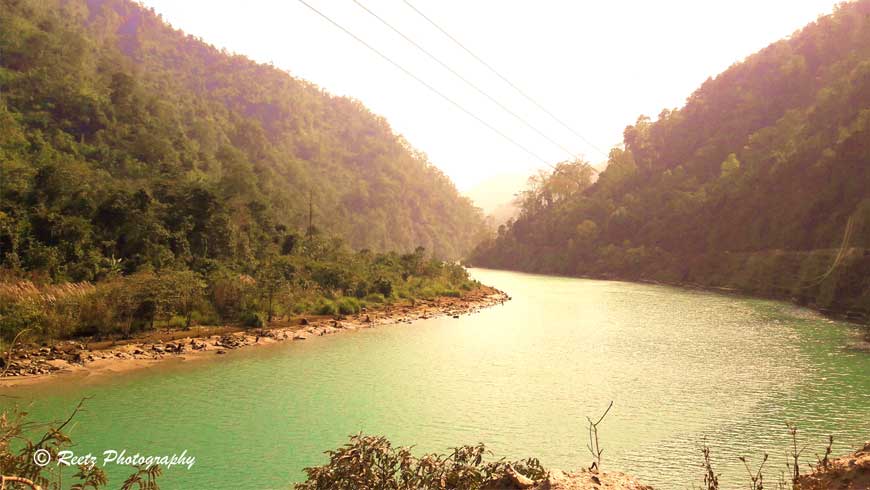 A picturesque view from the bridge
A picturesque view from the bridge
Due to weathering and increasing traffic load, the bridge is ageing faster than anticipated, bringing down the estimated life expectancy heavily. It is not encouraged to stop on the bridge unless required otherwise. However, the wide view of Teesta and lower Himalayas in one frame is marvellous from the middle of the bridge. If you happen to halt for a quick photoshoot, beware of the monkeys roaming around. They love to be snapped before running away with your camera. However, you can give them food as you watch the magnificence of the surroundings and the architectural royalty of the Coronation Bridge.
How to Reach:
It is about 30 kilometres from New Jalpaiguri. You can only reach by road via NH31. It can take around an hour. This is a bridge usually taken to go up to the Hills, particularly Darjeeling.
What else to see around:
Kalijhora, Mahakal Temple of Sevoke










